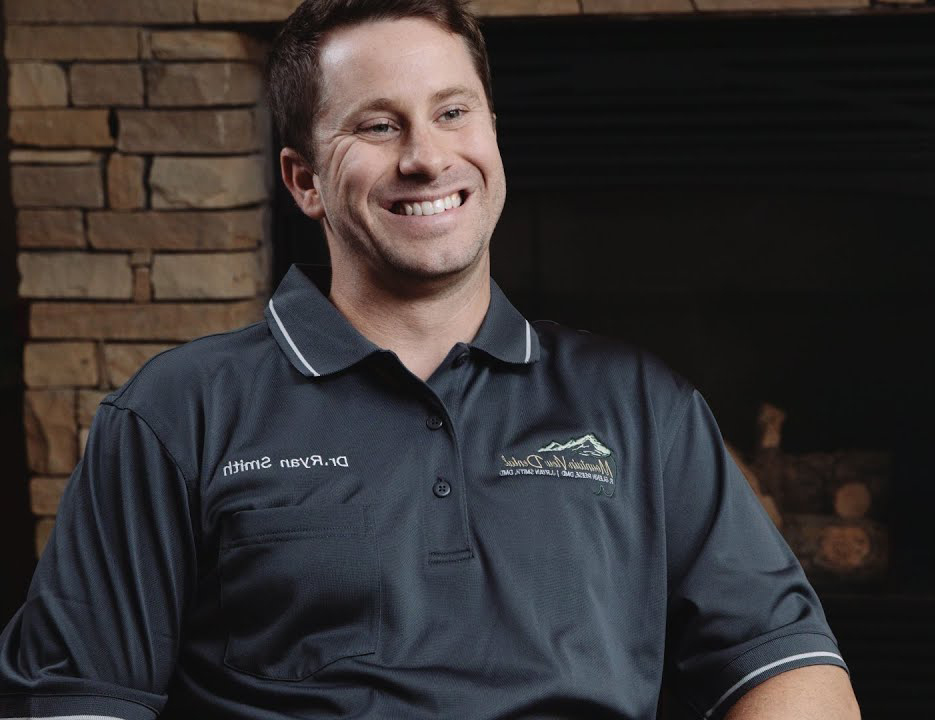Do you like it when someone steals from you? Of course not. But if your practice is in-network with PPO plans, there’s a high chance it’s happening every single day.
It’s happening through systemic underpayments and fee schedule discrepancies that fly completely under the radar. This isn’t just an administrative headache; it’s a quiet theft that could be costing your practice tens, or even hundreds, of thousands of dollars a year.
The world of PPO contracts, especially with the rise of leased networks, has become so intentionally complicated that it’s easy for insurance companies to keep money that rightfully belongs to you. If you aren’t meticulously auditing your Explanations of Benefits (EOBs), I can almost guarantee you are leaving money on the table.
Direct Contracts vs. The Leased Network Shell Game
Let’s start with the basics. Many of us began with direct contracts with the big players—Delta Dental, MetLife, Aetna. It was straightforward: one contract, one fee schedule. The major downside? Those fees are often abysmal, sometimes 40-50% below your standard fees.
Then, leased or umbrella networks (think Connection Dental, Careington, Zelis) emerged, and the pitch was tempting. Sign up with one network, and you’re suddenly “in-network” with multiple carriers. The real kicker? The fee schedules were often significantly higher than the direct contracts. An $800 direct contract crown might pay $1,100 through a leased network for the exact same patient plan.
It seemed like a no-brainer. Many of us, myself included, dropped our low-paying direct contracts and signed up.
But here’s where the beast rears its ugly head. While the fees looked better on paper, the operational complexity exploded. This complexity creates the perfect smokescreen for insurance companies to not pay you what they agreed to.
Watch the full, in-depth breakdown of how this system works against you.
The Uncomfortable Truth: You Cannot Trust Your Contracts
After signing a new, higher fee schedule, it’s easy to feel a sense of security. But that feeling is often misplaced.
Over the last year, I started noticing major discrepancies. An EOB would come through from a major carrier, accessed via a leased network, and the payment simply wouldn’t match the fee schedule I had signed and agreed upon. It was lower. Sometimes slightly, sometimes by more than 25%.
What happens when you try to fix it is a masterclass in frustration.
- You call the insurance carrier (e.g., Ameritas). Their rep has no idea why the payment is what it is. They tell you to call the leased network.
- You call the leased network (e.g., Umbrella Network Inc.). You point to your signed contract. They often give a convoluted story and tell you to file an appeal, which can take up to 90 days.
- You’re stuck in an endless loop of finger-pointing, and your practice is consistently getting short-changed.
This isn’t an isolated incident. I am currently fighting with multiple insurance companies, accessed through leased networks, that have been paying my practices incorrectly for years. The amount of administrative time and energy required to claw back the money you are owed is staggering.
You are left to conclude that these organizations are either intentionally setting up systems to systematically underpay claims, or they are so stunningly mismanaged that one hand has no idea what the other is doing. Frankly, it’s probably both.
Verification is Not Optional—It’s Essential for Survival
Most dental teams are incredibly busy. The idea of verifying every single line item on every EOB against dozens of potential fee schedules is a monumental task. The insurance companies know this.
If you are in-network, you cannot assume you are being paid correctly. You must have a system to verify.
Even a
10−10−20 underpayment per procedure, multiplied across thousands of procedures a year, adds up to a substantial sum that belongs in your practice, not the insurance company’s coffers. Checking EOBs isn’t just busywork; it’s an act of recovering stolen revenue.
Your Action Plan:
- Start Auditing Now: Pick one plan or network you’re suspicious of. Pull the last few months of EOBs and compare them, line-by-line, against your signed, contracted fee schedule.
- Implement a System: Create a process for your team. Even spot-checking a percentage of claims is better than doing nothing. Train them on how to identify and escalate discrepancies.
- Leverage Technology: Look into software or third-party services that can help automate this verification process. Yes, it’s an investment, but the potential ROI is enormous.
You cannot trust the system. Don’t assume—verify. Protect your bottom line.

